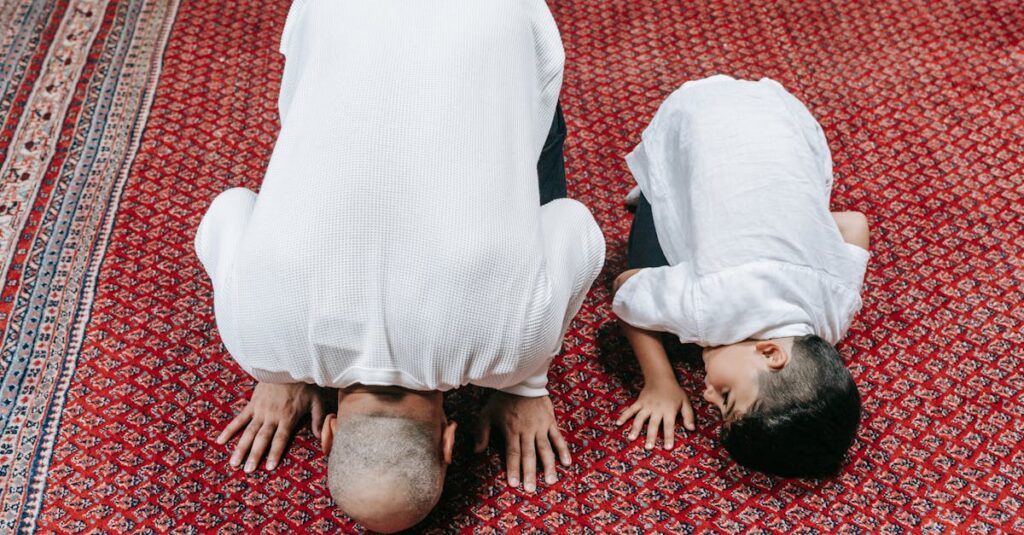The Tightrope Walk: Finding Harmony
Striking the right balance between praise and correction with pre-schoolers can sometimes feel like walking a tightrope. You want to uplift them yet guide them, a dance between setting them free and reigning them in. It’s all about harmony. Remember, it’s not about never falling but learning to walk the tightrope better each day.
Imagine keeping a balance between letting them explore a playground and ensuring they don’t wander off too far.
Source: Image by Pexels
Praise: The Hidden Gem in Child Development
Praise isn’t just about making kids feel good. It’s a pillar in building their self-esteem and motivation. But there’s a catch – it has to be specific.
Instead of a generic ‘good job,’ praise the effort with ‘I noticed you worked really hard to clean up your toys!‘ It’s like cheering for their marathon at each mile, not just at the finish line.
And oh, the look on their little faces when they realize they’re being celebrated for their ‘milestones,’ is pure gold.
Correction: A Gentle Art
Correction is the gentle nudge kids need to steer back on course, not a push that topples them over. It’s about guiding, not reprimanding. Turn ‘Don’t run inside!’ into ‘We walk inside the house. Can you show me how to do it?’ It frames correction as a learning moment rather than criticism. Suddenly, you’re not the fun police but rather a guide on their journey. And trust me, your living room vase will thank you!
Pexels
Setting Healthy Boundaries: A Must-Know
Boundaries are the invisible safety nets that keep our little acrobats from tumbling. It’s crucial to set them early, clearly, and kindly. Discussing boundaries during calm moments, rather than in the heat of mischief, makes them easier for tiny brains to absorb. A simple, ‘In our house, we use inside voices‘ sets a clear expectation. It’s not limiting their freedom; it’s teaching them the rules of the road for a smoother journey.
Common Emotional Hurdles: You’re Not Alone
Feeling frustrated or doubting your approach is part of the parenting package deal. You’re not failing; you’re just in the thick of mastering one of life’s most intricate dances. Sharing these challenges with others and listening to their stories can turn mountains back into molehills. Remember, every parent has been the newbie in a ballet class at least once, where every step feels like a potential fall. It’s okay. Really.
Encouraging Interaction: Let’s Communicate
Interaction isn’t just responding to their actions; it’s about engaging them in the process. Ask for their opinion, ‘Would you like to pick up the toys now or after drawing?’ It makes them feel valued and teaches decision-making. Plus, it turns directives into discussions. Embrace their ‘why’ questions as opportunities to explore answers together. Sure, it might test your patience (and Google-fu), but it’s the scaffolding on which they’ll build their understanding of the world.
Remember, effective communication is key to nurturing a child’s development and fostering a strong bond. Encouraging interaction at an early age sets a foundation for healthy relationships and critical thinking skills.
Related Posts:
- Managing Preschoolers’ Screen Time with Love
- Empowering Preschoolers with Boundaries and Love
- Handling Challenging Behaviors with Love
- Teaching Preschoolers About Personal Space
- Teaching Preschoolers About Money and Spending Boundaries

